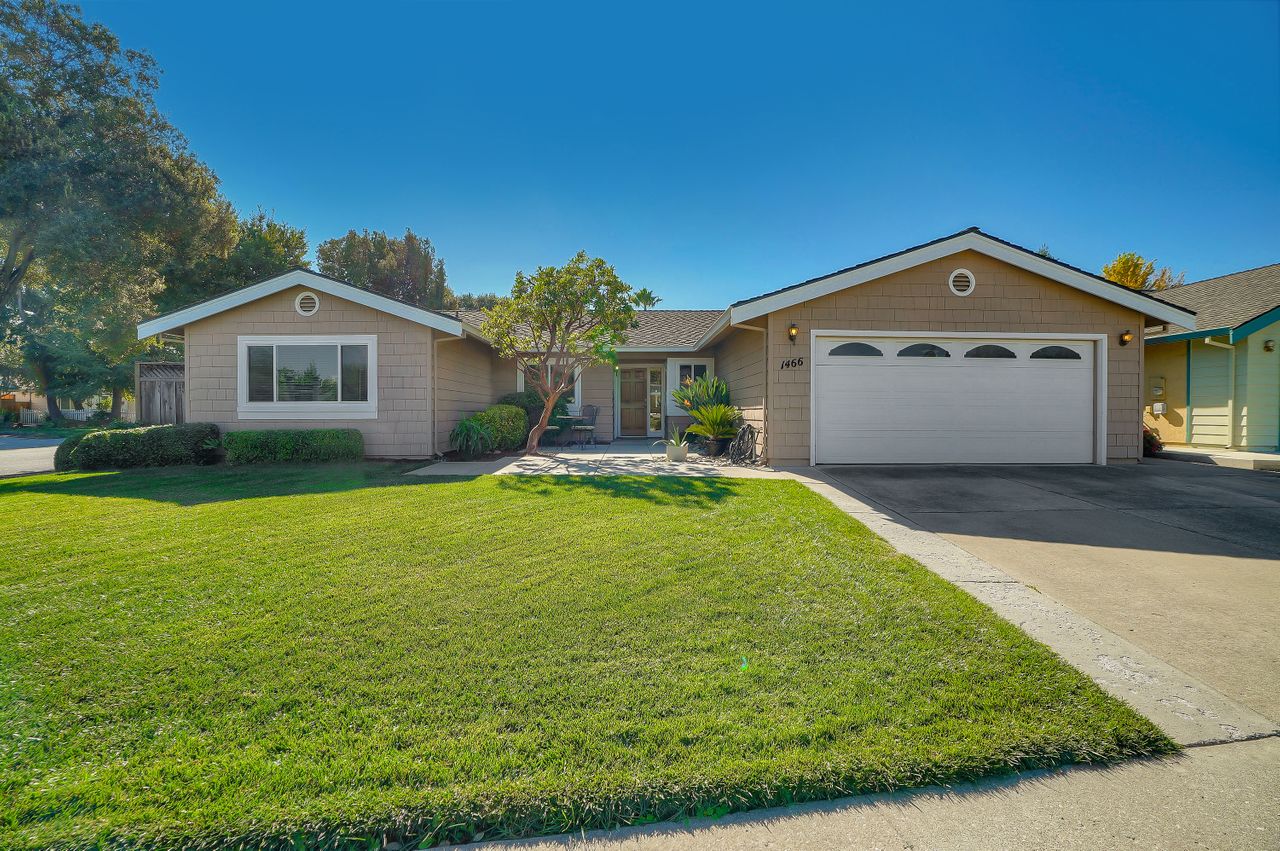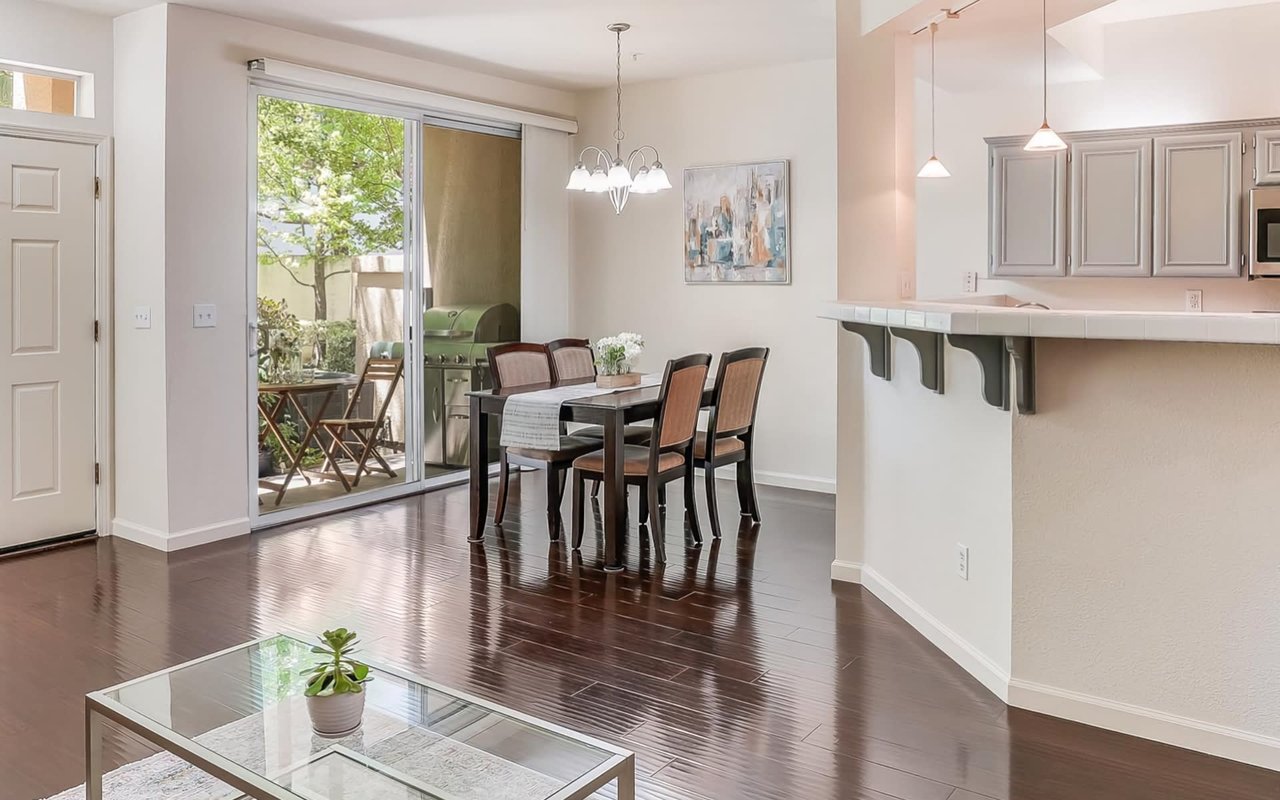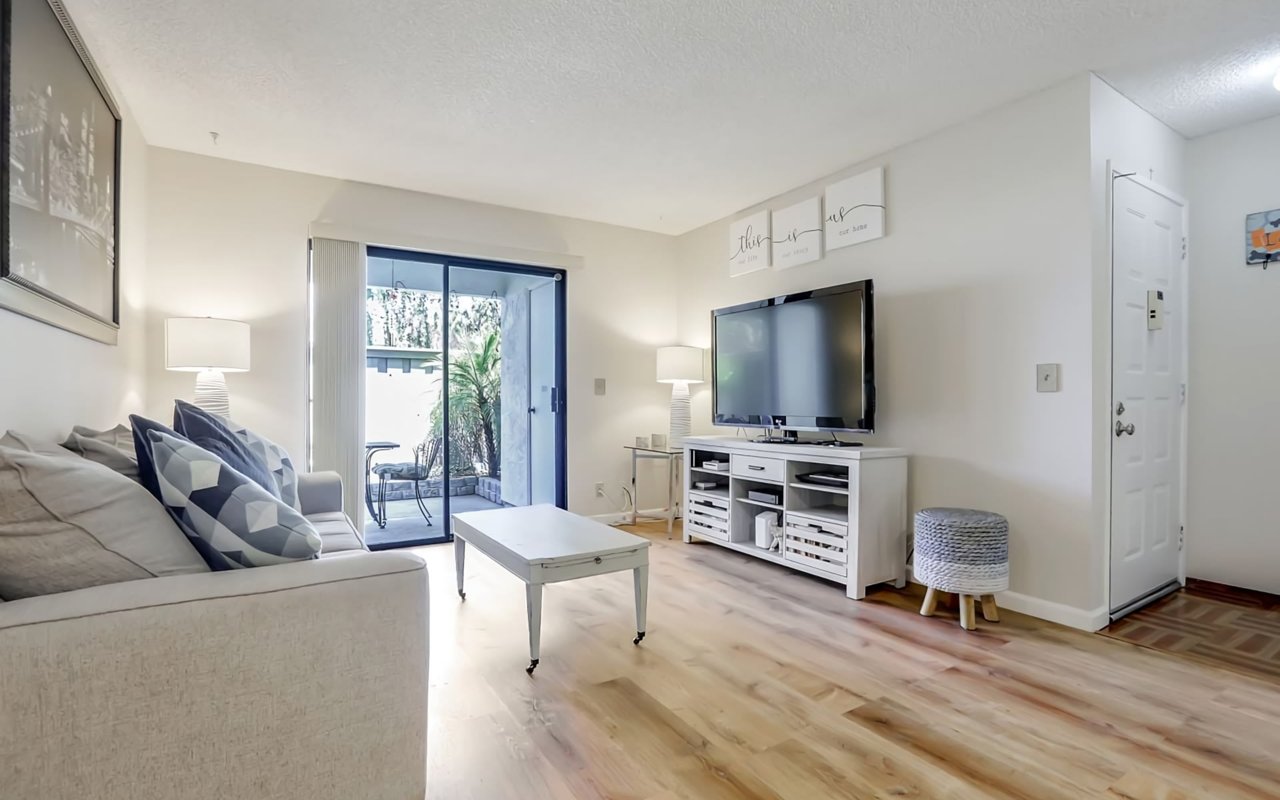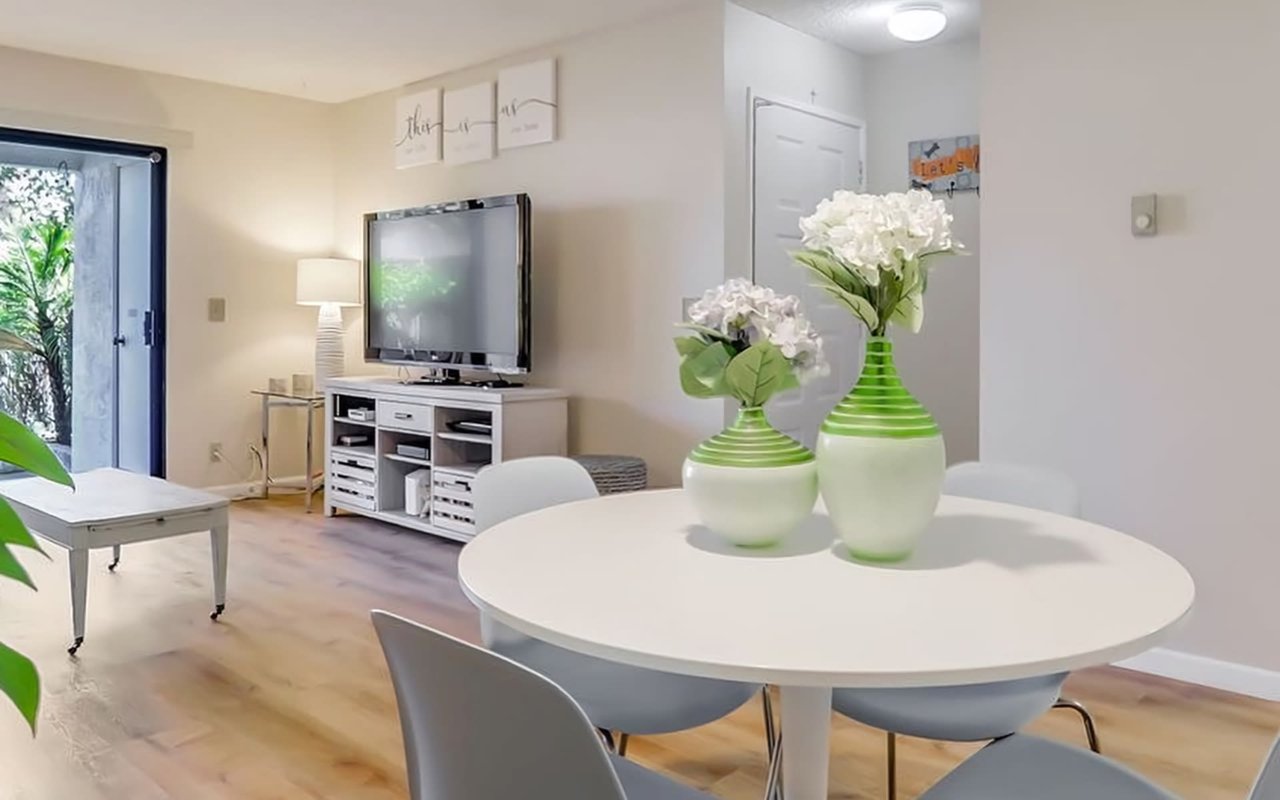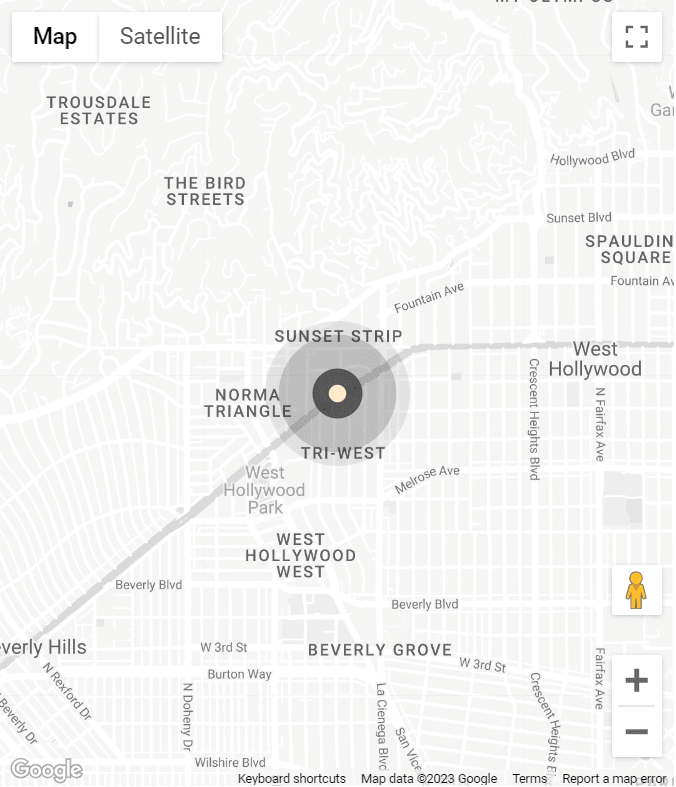San Jose The Bay Area’s largest city has taken steps to ease restrictions on building in-law units, plan city leaders say will help deal with skyrocketing rents and homelessness in Silicon Valley.
“We need housing at all different levels. People who work in Silicon Valley can’t find a place to live,” said Vice Mayor Rose Herrera, who spearheaded the effort to relax city policies, a change approved by the City Council last week. “This doesn’t take taxpayer money and it empowers people by allowing single-family homes to be part of the solution.”
The changes, approved by the City Council last week, will help residents including Michael Lerner who’s building a tiny cottage in his backyard for his 20-year-old son.
“Many millennials are not ready to push out into the world,” said Lerner, 54, who owns a home repair business. “It’s an investment. This will provide my son away to live off of the property after I’m gone by (him) being able to rent out the front while living in the back.”
The 10-by-12-foot home Lerner started building six months ago meets current building requirements. But city officials estimate that there are as many as 2,721 illegal secondary units in San Jose neighborhoods, not all of them up to code. The city issued just 13 permits for secondary units last year.
New state legislation signed by Gov. Jerry Brown in September coupled with changes approved by San Jose leaders will soon make it easier for people to build these accessory units often called “granny units” von their properties. Herrera says the in-law units will play a vital role in solving Silicon Valley’s affordable housing crisis.
The city joins several other Bay Area cities, including Mountain View and Redwood City, in easing restrictions on in-law units. Palo Alto and Los Altos are considering similar ordinances. San Jose is also weighing a possible amnesty for illegally built units.
Secondary units, including backyard cottages and some studio apartments, are typically more affordable than market-rate rentals because of their smaller size and use of existing land.
Single-family homes are the most common type of housing in San Jose with more than 173,200 units. According to the Bay Area Council, if just 10 percent of Santa Clara County homeowners built a second unit, it could add more than 34,000 units to the housing stock.
City leaders are making it less cumbersome to build by allowing secondary units on smaller lots, loosening design requirements, reducing setbacks, and relaxing required parking requirements. The changes go into effect Jan. 1.
Many changes were spurred by Senate Bill 1069, authored by Sen. Bob Wieckowski, D-Fremont, which made the units easier and less expensive to build throughout the state. The law, which also goes into effect Jan. 1, speeds up permitting processes and eliminates or reduces parking requirements and utility hook-up fees.
Wieckowski said that few of these units were being built a few years ago, largely because of the high amount of fees homeowners had to pay. The cost of building secondary units, including obtaining city building permits, can range from $8,000 to $15,000.
“It’s the biggest thing that’s happened in 15 years to relieve some of these barriers and return that power to the homeowner,” Wieckowski said.
The League of California Cities and the California State Association of Counties opposed Wieckowski’s bill, arguing that it took away cities’ power to regulate these units and could hinder a neighborhood’s character.
Lerner’s backyard cottage which will cost $10,000 when it’s done means his son can move out of the family’s 3-bedroom house into the backyard unit. Lerner, who lost his high-tech job when the economy tanked, plans to rent his son’s room for $650 a month providing extra income for the family and an affordable room for a struggling renter.
The handyman said he’s happy to see City Hall cut through some of the red tapes, though he’s still grappling with complaints from a neighbor who’s unhappy about the unit’s windows facing her yard. He plans to address her concern by planting trees.
Though it’s a complaint-driven system, San Jose residents with illegal granny units can be fined up to $2,500 per day per violation after multiple warnings. That’s why Herrera also suggests an amnesty program to forgive those who built illegal structures and help bring them up to code.
“If people try to do it in the shadow, sometimes you end up with things that are not safe,” Herrera said. “We want to make sure they are constructed properly and safe for people to live in them.”
Numerous cities across the U.S. have used granny units to increase housing supply and stabilize skyrocketing rents, but experts say they also can help elders age at home.
“With the changing demographics, it helps aging family members to downsize into a unit and live with their children,” said Andrew Aurand, vice president for research at the National Low Income Housing Coalition in Washington, D.C. “In high-cost markets, anything is a help in terms of development.”Changes to San Jose’s zoning code, effective Jan. 1
- Homeowners in two-family neighborhoods can build one secondary unit.
- Instead of requiring 6,000 to 8,000 square feet of land for granny units, homeowners only need 5,445 square feet.
- Size of granny units increases from a maximum of 700 square feet to 800 square feet.
- Homeowners can now build studio apartments as secondary units.
- Materials used to construct the secondary units can be similar to those used on their main house.
- Allow uncovered parking for a granny unit to be on the driveway.
- In certain cases, eliminate parking requirements, as per SB 1069.

